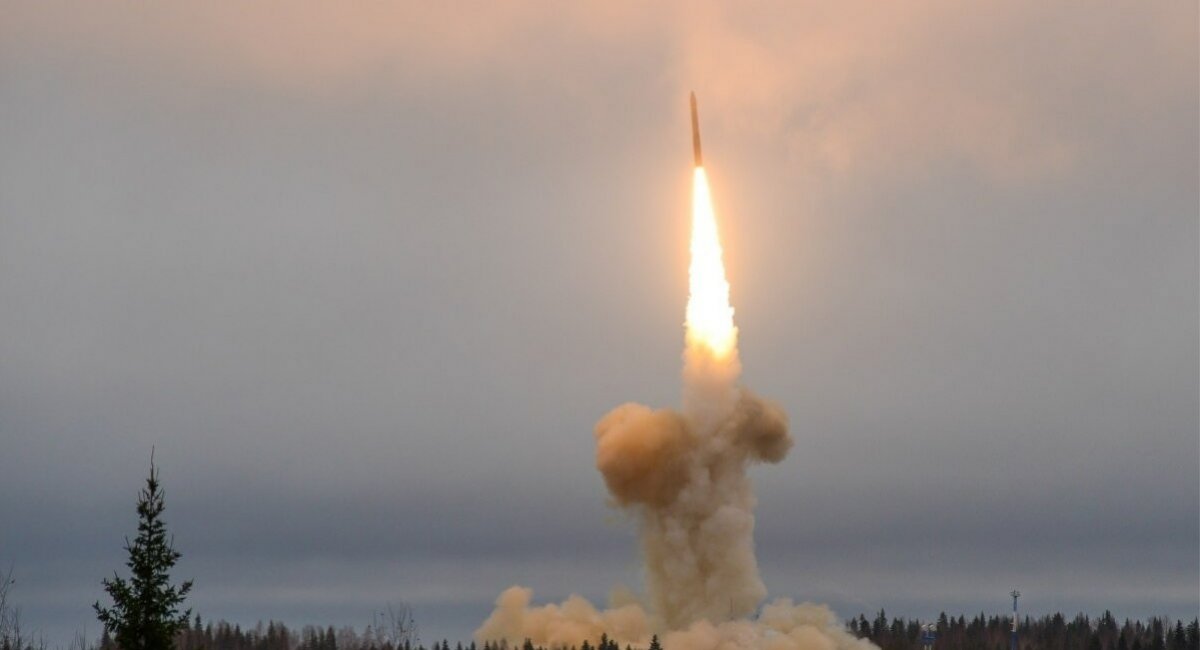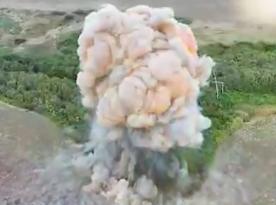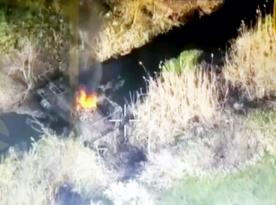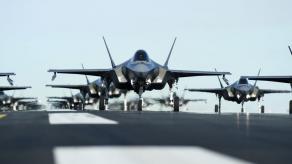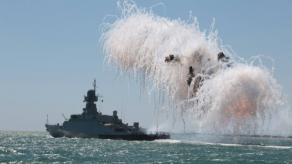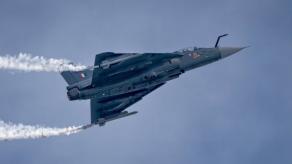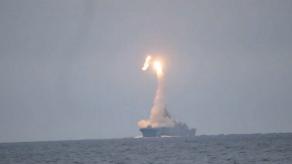Ukrainian Air Force Command has published a summary of defending against another russian missile attack on Ukraine on the morning of November 21. It was a combined-weapon attack involving seven Kh-101 cruise missiles launched by Tu-95MS bombers, six shot down, and one Kh-47M2 Kinzhal ballistic missile fired by a MiG-31 aircraft.
In addition, the report contains the following quote: "An intercontinental ballistic missile was launched from the Astrakhan Region of the russian federation." The missile's exact type is not specified, but the day before, mass media warned about the threat of a russian attack using the RS-26 Rubezh ICBM/IRBM.
Read more: What is the RS-26 Rubezh Intermediate-Range Missile and Can the russians Really Launch It
Importantly, the report only says 6 out of 7 cruise missiles were shot down, but as for the ballistic ones, it mentions that "regarding other missiles — without significant consequences." The following video shared on social media is claimed to show the consequences of russian allegedly warhead-less reentry vehicles falling onto the city of Dnipro, Ukraine, on November 21 morning.
Considering that the shorter-range RS-26 Rubezh, and even more so intercontinental ballistic missiles (for example, Topol or Yars), were specifically designed to deliver weapons of mass destruction, the only way to interpret this attack is that russia has demonstrated the possibility of a nuclear strike.
This raises many questions which the laconic report from UAF Command does not provide answers to. In particular, what was the target of the russian strike, and what equipment the missile was carrying.
The nuance is, it's theoretically possible to equip a Rubezh, Topol, or Yars missile with a conventional high-explosive warhead, but it makes no practical sense due to the enormous production cost of these missiles, especially when most targets in Ukraine are within range of cheaper Iskander short-range ballistic missiles and other standoff weapons.
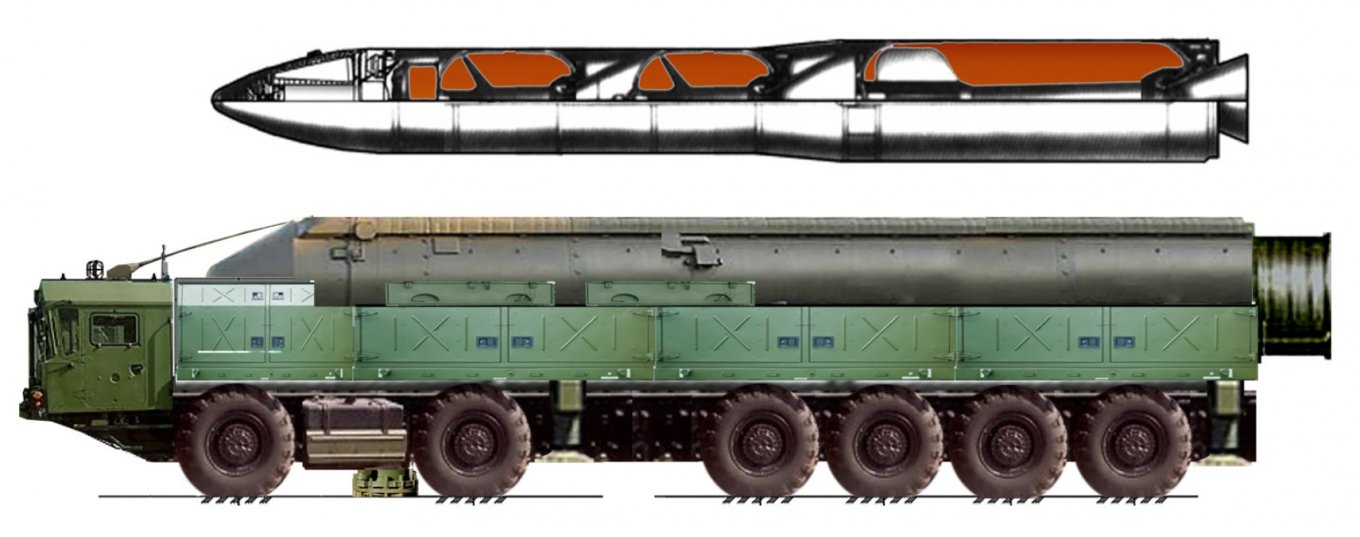
Also, the absolute majority of russian ranged attack missiles can carry nuclear warheads, including the mentioned Iskander, Kh-47 Kinzhal, cruise missiles Kh-55 and Kh-102, etc. Therefore, even if russia wanted to deliver a nuclear strike, using an intermediate-range or all the more so intercontinental missile against Ukraine for that purpose would still be highly inefficient.
Furthermore, we should remember that russians had already utilized weapons designed for nuclear charges in ill-suited roles, e.g. when they launched Kh-55 cruise missiles with massive warhead imitators with no actual firepower. That is, quite possibly, this time as well the ICBM fired on Ukraine this morning was equipped with nothing but dummy warheads.
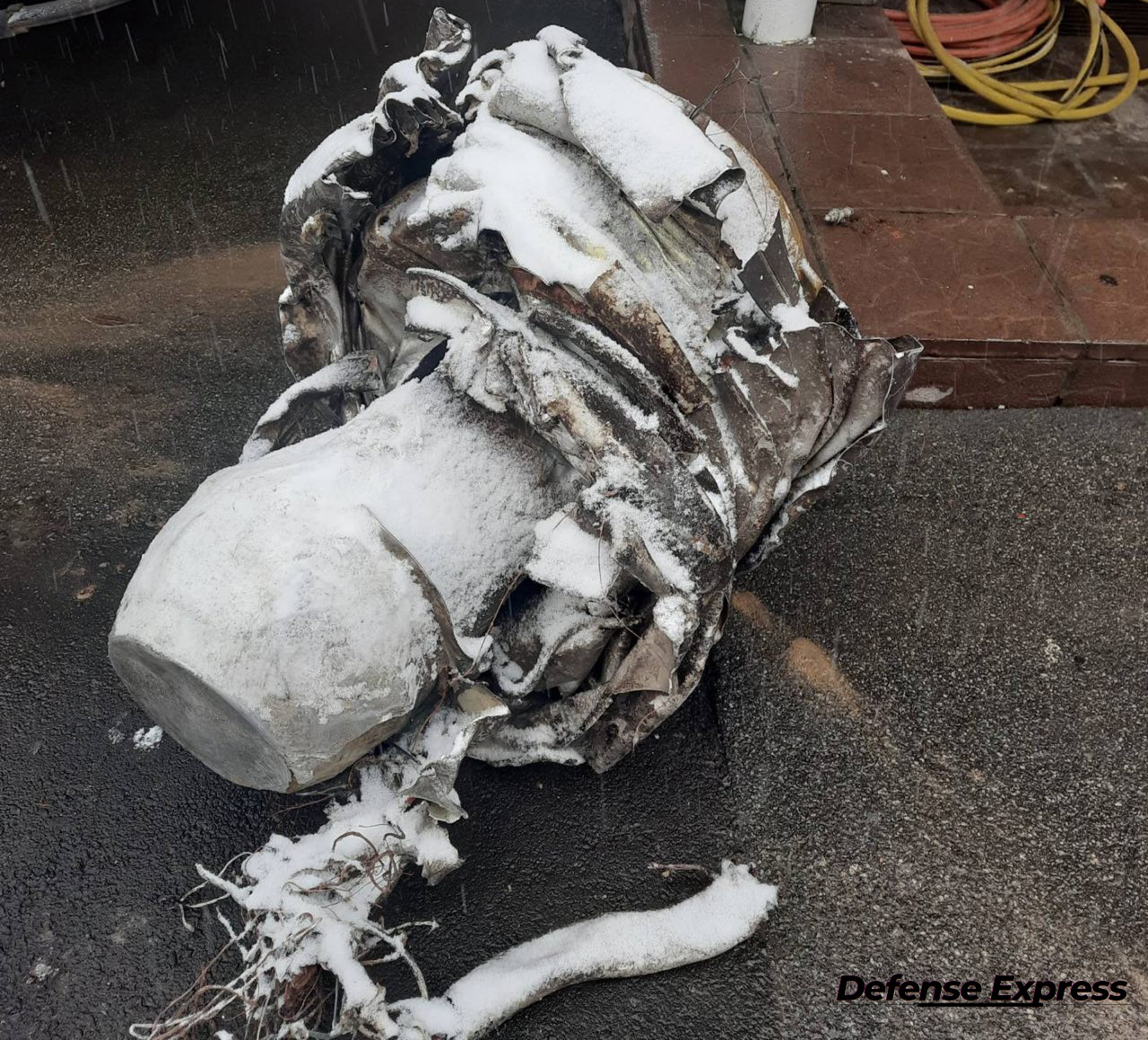
One more important question is whether the United States was warned about the missile launch and its direction because the announcement of such launches is a mandatory condition to prevent the triggering of missile attack early warning system and the launch of retaliatory strike missiles.
The U.S. Embassy in Kyiv earlier announced it "received specific information of a potential significant air attack on November 20" and temporarily closed its office for the day but provided no further details about the intelligence prompting this decision.
Read more: Ukraine Strikes Deep into russian Territory with the Storm Shadow Missiles, the Target Is Suspected Buried Presidential Command Post




